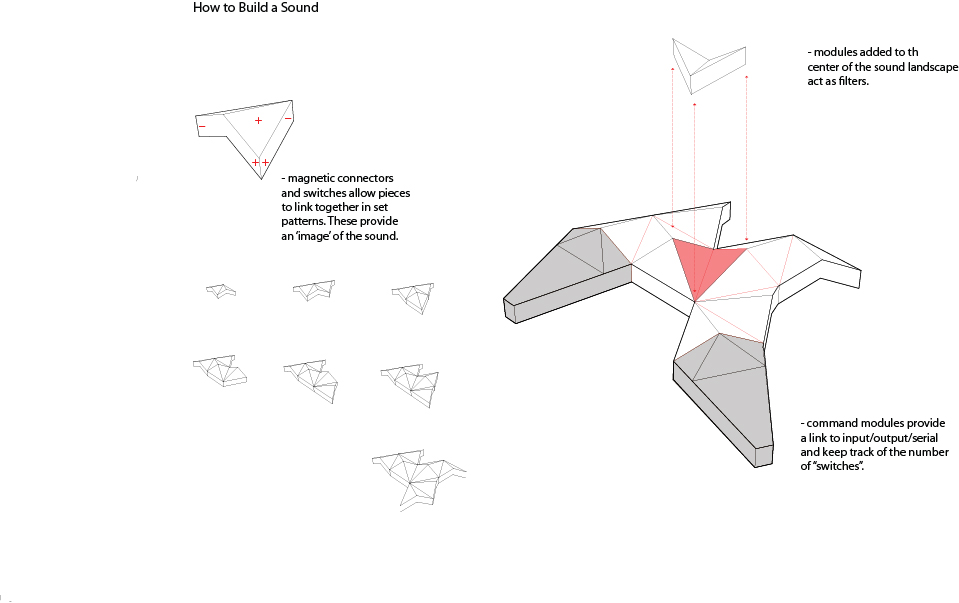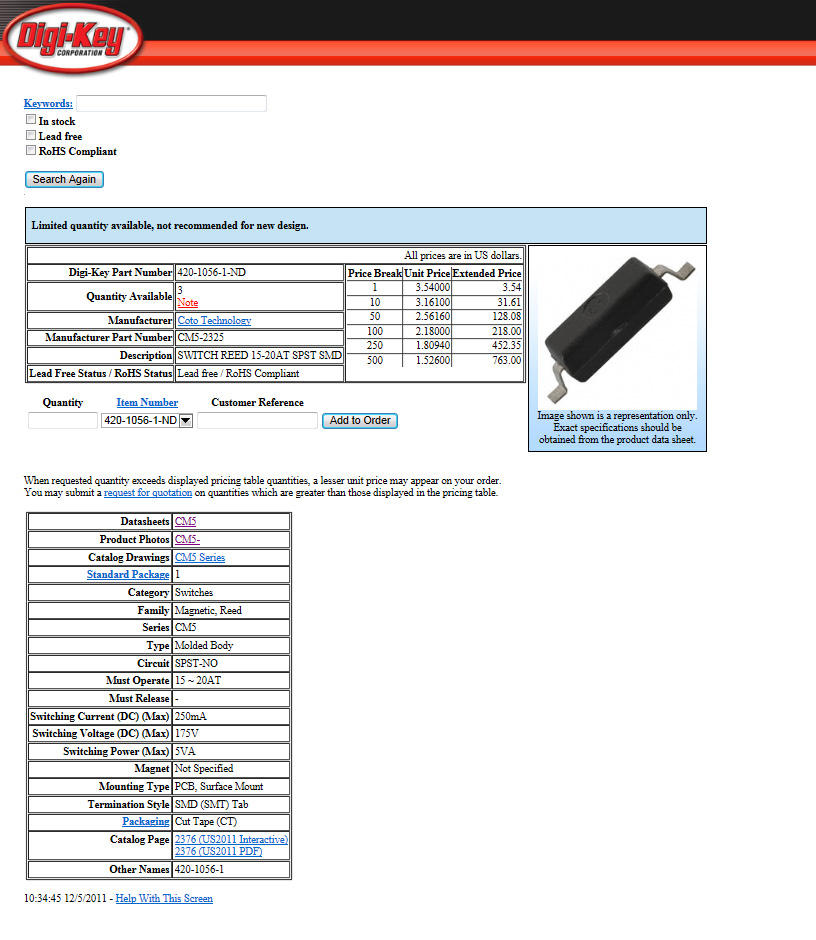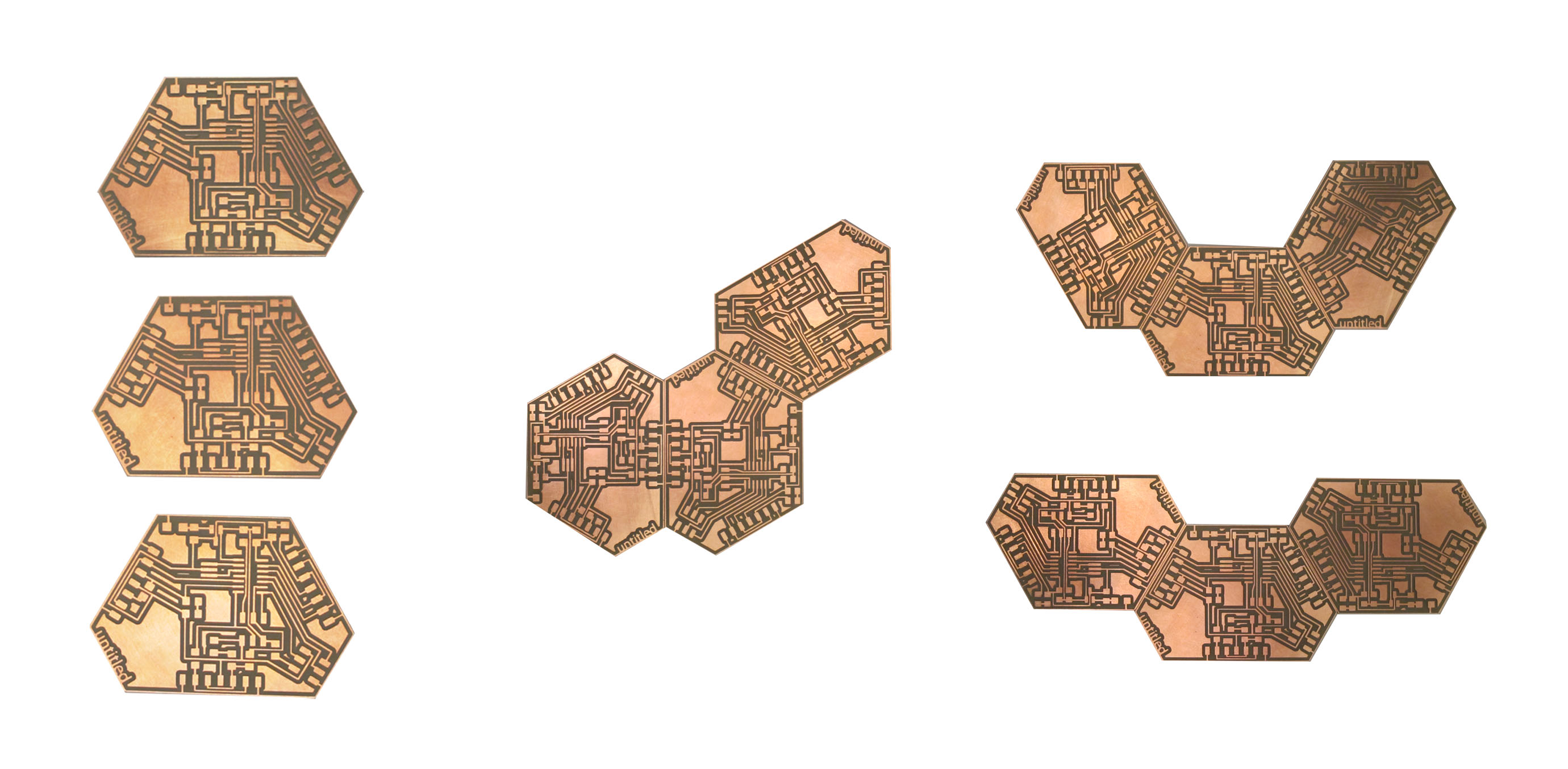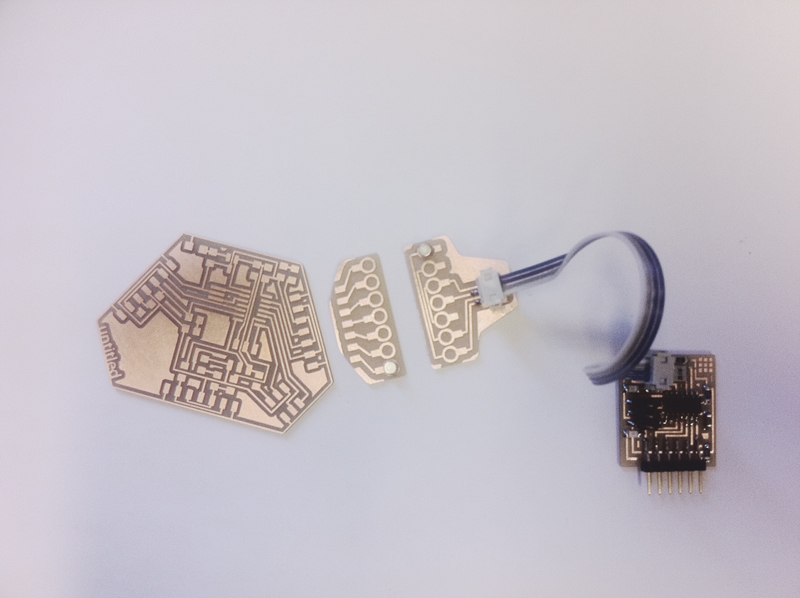During the input and output devices portion of the course, I developed an interest in using micro-controllers to make and visualize sound. For my final project, I intend to develop a basic building "sound" block. Meaning, a smart component that attaches to others in order to generate a sound wave. The purpose is to create a tangible version of the process - an indexed surface of objects that suggest the "type" of sound.
By mapping the programming onto physical objects, the relationship between building the sound and augmenting becomes much more intuitive, spatial and accessible to a larger range of people, challenging the traditional idea of performance and performer.
What Has Been Done?The most similar existing project is David Merrill's Siftableswebsite.
- a Media Lab project from early 2008 that used a series of smart cubes/components to create a tangible interface. In the siftable example, information is shared between objects without any hierarchy - each cube is equal and programmable. The result is the siftable acting as pure interface, without any hard specificity. Very Cool.
The Sound blocks will differ in that the physical geometry/configuration, impacts the behaviour of the software. The shape of the aggregation is a representation of the sound. Changing the shape, changes the sound.
Project Status UpdateFollowing last weeks lecture, I decided to use a networking solution for the final project. In particular, I'm planning on using APA, as this would allow a continual branching of nodes that could be added and removed without breaking the network. Using the IO nodes also allows me to add a sensor or control to each individual component - there is an analog pin available on the Attiny44. I need to decided whether to add a control directly to the board, or create a breakout. At the moment, I'm leaning toward using a potentiometer that would adjust the pitch of the sound at each point in the tree.
The most difficult problem at the moment is getting a basic APA network up and running! I've de-bugged all of the boards, but I am still getting a "Check_waiting: timeout" error. Possible problem is the baud rate which might differe from the specified 115200. Oscilloscope.
This is something like what will be happening, but of course, the boards are customized.
Loosely based on the orginal traingular design, I've changed the form to differentiate one of the attaching sides
I've also begun to mock-up the magnetic link up. As you can see above, the 2x2 headers have been replaced by pads. For every 2x2 header there are seven pads. This is because the connection needs to be symmetrical - ground is in the middle, and then Tx and Rx are mirrored along the center axis. VCC is on both ends.
Issues: the magnetics are too strong. 1/8"x1/8" inch N52 magnets. This makes them very difficult to work with and I find that they self-destruct after a few connections/reconnections. The solution will be to use the magnets only for attachment and using copper pads for the other pins.
What's left?1. Solve coding issue with APA
2. Revise magnetic link
3. Mill casting mold
4. Revise Code to include sound synthesis - possibly wave table?
5. If time allows, add potentiometer and revise board
The plan is to begin final production on Thursday, with a goal of fabricating between 7-10 components. Hopefully more!





